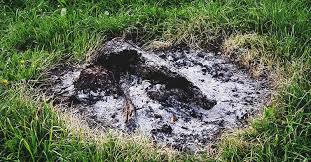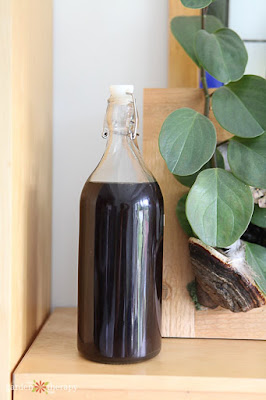Most of the times we tend to pull out the seedlings that grow along with the weeds. This is what I did to my little lettuces that was growing inbetween my onions. We either tend to do this either by mistake or our weeder equipment just pulls out the veggie seedlings as it weeds.
But this information that I am going to share here is what I knew only later, after causing much humiliation to my veggie seedlings in the summer garden.
Remember these important factors in organic weed control:
1. Critical period of harm: Weeds cause harm to your plants only during the critical period, which is 6 to 8 weeks after sowing or transplanting the veggies. It is only this period of competition by the weeds that causes great harm to the yield. Weeds that grow after this period do not affect your plants but, we must be watchful to prevent the formation of seeds.
2. Sensitivity to root disturbance: This is another major factor that needs to tbe considered while weeding. If your weeding session causes intense harm to your black peas and beans then they might never recover. Also a slight mangling of vines to the cucumber family may cause great harm to the plants. It will prevent the plants from proper ripening.
Related article: Highly effective homemade fertilizer for your vegetable plants
3. Plants with their own organic weed control system: The vigorous vining of canopy tend to cause a dense canopy effect to the weeds by shading them and thus turns out to be an effective self weed prevention system. Similarly, the dense green ground cover of the stems of sweet potatoes also tend to form their own weed control.
Know this: Do you notice these common signs in your plant - Be alert.
You can use such plants strategically in your summer garden to prevent weeds organically. For instance, growing canopy forming crops like squash as a weed suppresser in the bed will also help the plants in the adjoining row by extending it's weed control system to the adjoining rows. These canopy forming plants will also help to retain soil moisture.
Related article: 5 must know gardening idea and gardening hacks
4. Growing leafy greens as weed controller: Leafy green veggies or herbs such as mustard can be grown in between onions and other veggies. These will shade out the weeds that are growing and will prevent them from flourishing in the critical period. Mustard greens tend to grow out as a natural mulch that is great and great to prevent weeds. In addition to shading out weeds, it enhances the soil greatly and reduces soil borne diseases.
Related article: Homemade fertilizer rich in Nitrogen and Potassium.
5. Consider nurse crops: Nurse crops are short term crops that can be grown in the summer gap. These will keep your bed or soil engaged during the summer gap and provide organic weed control until you need the space back for your veggie seedlings. Buckwheat and peas can be excellent nurse crops. Once you want to clear the space for seedlings, just pull out these and use them as mulch on your bed.
Related article: Want to grow huge amounts of potatoes successfully in containers at home - know this.
6. Use enhanced mulch system: Using news papers as mulch on the soil or your raised bed is a good option as it tends to keep the weeds out much effectively. You can lay a thick layer of newspaper around the plants and then cover it with a layer of common mulch that you use such as, sawdust, grass clippings, wood chips etc.































